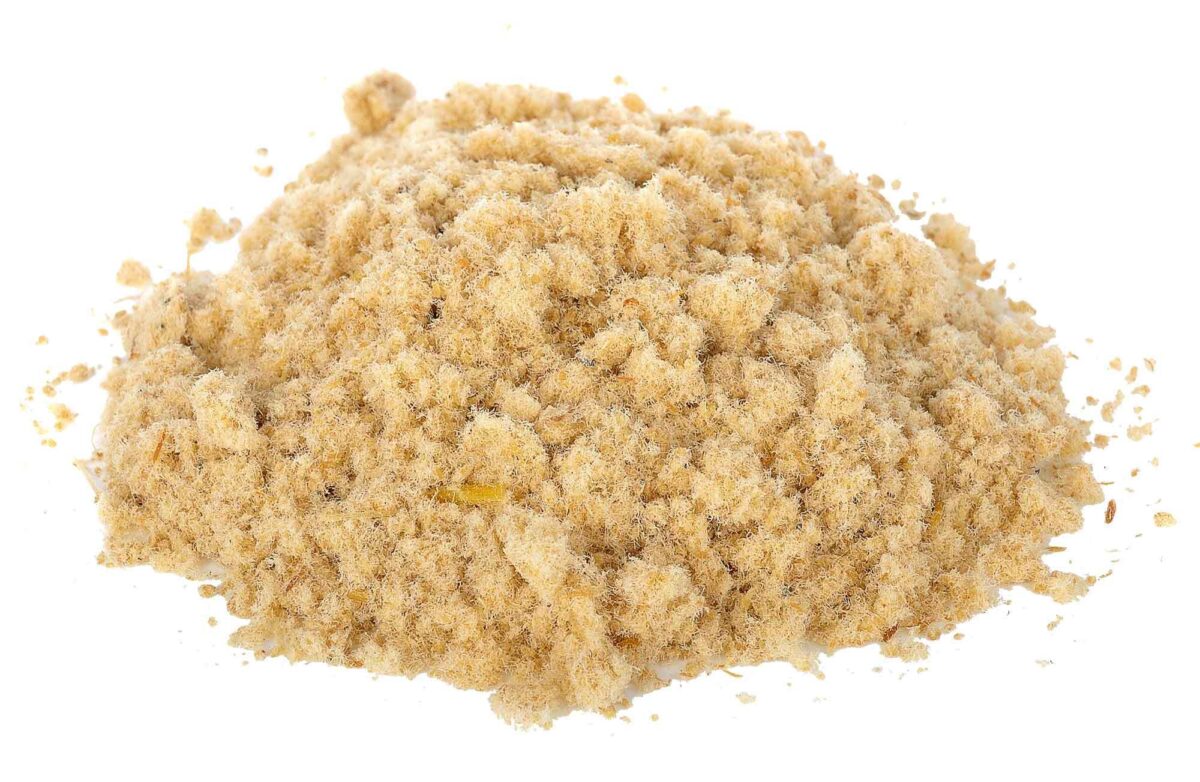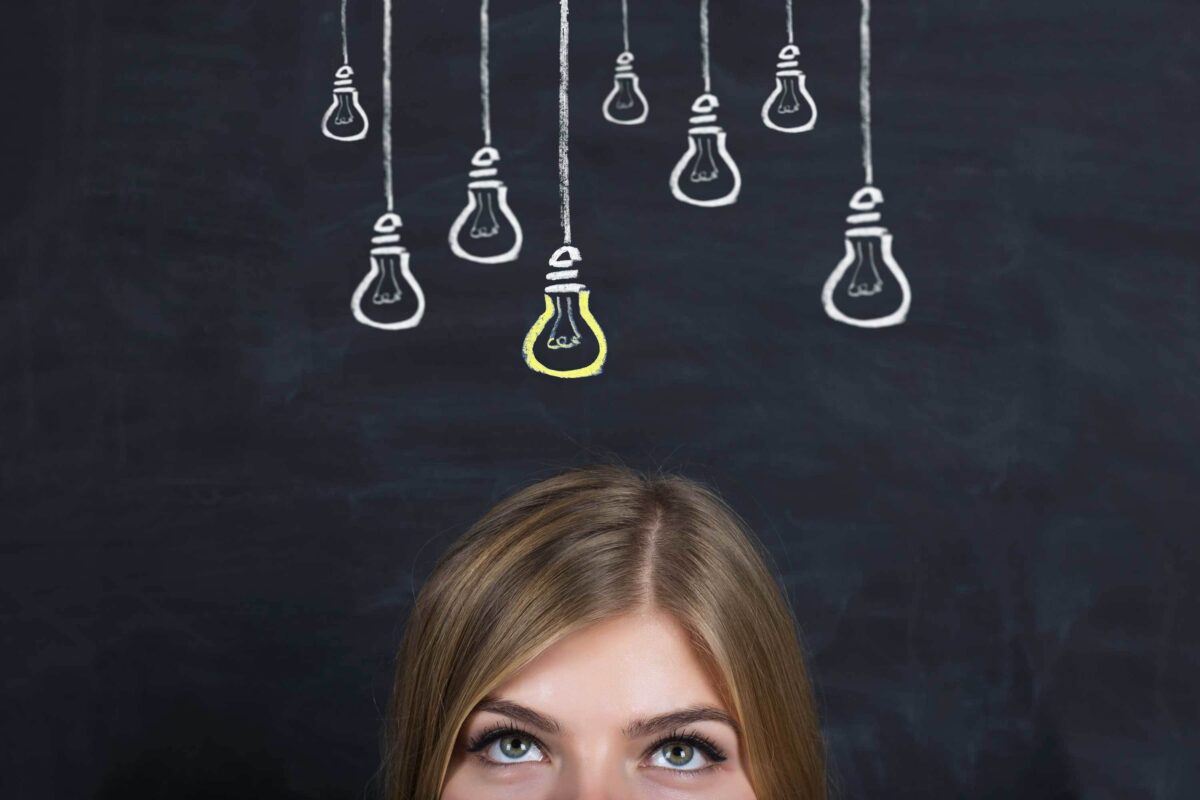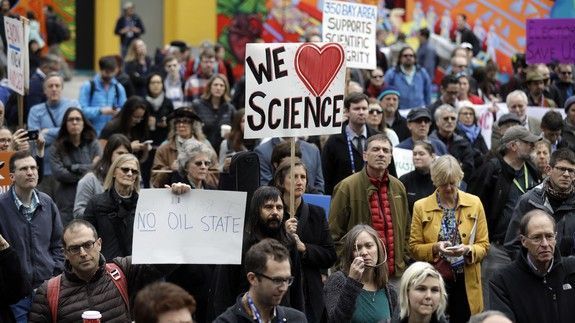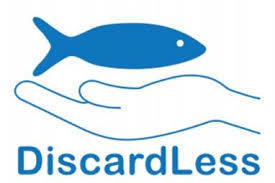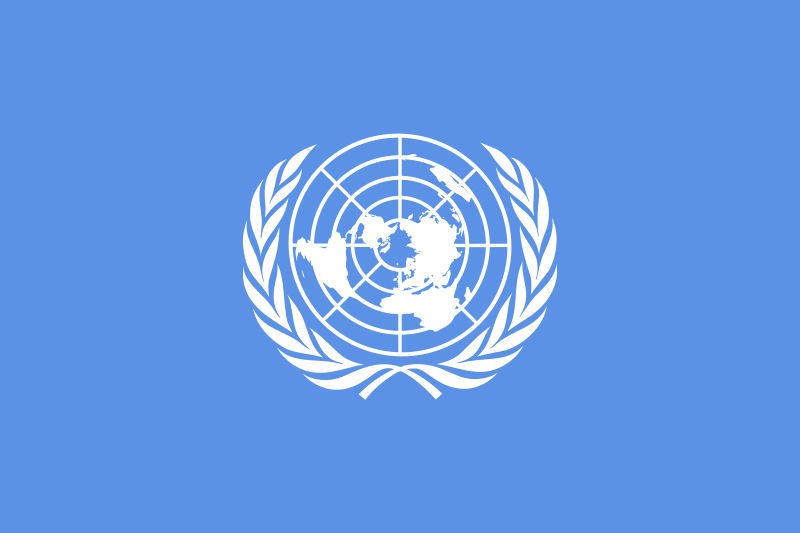The first three articles in issue 30/2017 of the international scientific journal Icelandic Agricultural Sciences were coming out. These three very interesting articles cover different topics and can be accessed HERE.
The first article is called in Icelandic "Reasons for distortion, genetic improvement and changes in genetic adherence to meat food and immeasurability in the Icelandic sheep population"And is by Jón Hjalta Jónsson and Ágúst Sigurðsson.
The authors examined whether breeding evaluation for meat evaluation characteristics in Icelandic sheep was distorted due to selection based on reviews of live lambs. They also examined the effects of selection on the genetic makeup of fats and the type of slaughter lambs and genetic progress in the stock. Inheritance coefficients were assessed with data for the years 2000-2013 from the Icelandic Farmers' Association separately for different periods. The results of a breeding evaluation with a two-variable analysis of meat evaluation characteristics were compared with a breeding evaluation also run with unmeasured results. Inheritance was estimated at 0.41 in the years 2001-2003 but 0.29 and 0.26 for 2006-2008 and 2011- 2013. Breeding evaluation before type was found to be distorted in rams, which is put a lot ahead in the two-variable analysis, but no signs of phenotype were seen against the fat. Genetic improvement was estimated at -0.05 standard deviation of genetics per year for fat and 0.08 standard deviation of genetics per year before type.
2013. Breeding evaluation before type was found to be distorted in rams, which is put a lot ahead in the two-variable analysis, but no signs of phenotype were seen against the fat. Genetic improvement was estimated at -0.05 standard deviation of genetics per year for fat and 0.08 standard deviation of genetics per year before type.
The authors conclude that a diverse breeding evaluation and a reduction in genetic compliance can contribute to even greater breeding progress in the future. These are therefore very interesting results for all those who conduct research on sheep breeding evaluation and bring the results to breeders.
Article number two in the publication is entitled "Overview of barley breeding and cultivation experiments in Iceland 1987-2014"By Hrannar Smári Hilmarsson, Magnus Göransson, Morten Lillemo, Þórdís Anna Kristjánsdóttir, Jónatan Hermannsson and Jón Hallsteinn Hallsson.
The authors undertake the great task of giving an overview of barley breeding and cultivation experiments carried out in Iceland over a period of 28 years, from 1987 to 2014. Comparative experiments were carried out in 40 places in the country during the period, but the number of experimental sites decreased and the genotypes in each experiment increased. equalized as the season progressed. This is the first summary of the great experimental work that has been done in these 28 years. One of the most interesting conclusions of the article is that the yield in Icelandic experiments increased at the same time as the cultivation period shortened as the research period progressed. This can be due both to the good results of the Icelandic breeding work and changed weather conditions. Not only did the Icelandic breeding lines yield more yields in experiments over time, but they also matured earlier.
Cultivation of barley on the fringes of Arctic regions such as Iceland is on the verge of possible, which is reflected in the short history of barley cultivation in Iceland. The importance of barley cultivation has increased in recent years for Icelandic agriculture, which has been explained, among other things, as a result of tests on foreign barley crops and no less on the breeding of Icelandic varieties for Icelandic conditions, but also due to improving environmental conditions. The results presented here give a good overview of the history of the breeding project and are therefore important for ongoing agricultural experiments for Icelandic agriculture and can also be useful for other comparable projects in peripheral areas in the world.
Article number three in the publication is entitled "Stock of goose feed (Arabidopsis thaliana) from Iceland analyzed using cell genetics methods and genome sequencing"By Terezie Mandáková, Hjört Þorbjörnsson, Rahul Pisupati, Ilka Reichardt, Martin A. Lysak and Kesara Anamthawat-Jónsson.
It is not every day that a new plant species is found in Iceland, but here the authors report exactly that. The Latin name of the plant is Arabidopsis thaliana and it got the Icelandic name goose food. This new species was found in May 2015 in a geothermal area by Deildartunguhver in Western Iceland. Dried plants were placed in the AMNH plant collection and samples were collected for chromosome analysis and genome sequencing. There are now a number of analyzes from around the world of the genetic material of goose feed, so that the relationship between the Icelandic plants could be traced. Sequencing showed the most similarity to samples from Sweden, but with a low correlation coefficient. The conclusion is that although the Icelandic goose food is more related to strains from Scandinavia than strains from elsewhere, it has not originally been obtained from any of the strains in the collection of 1001 genomes of goose food from around the world. Samples from Iceland have now been added to the collection and although most of us find it most enjoyable to know about a new plant species in Iceland, experts abroad are probably even more excited about the sequencing of authors' research on the relationship of Icelandic plants to goose assessment elsewhere in the world.

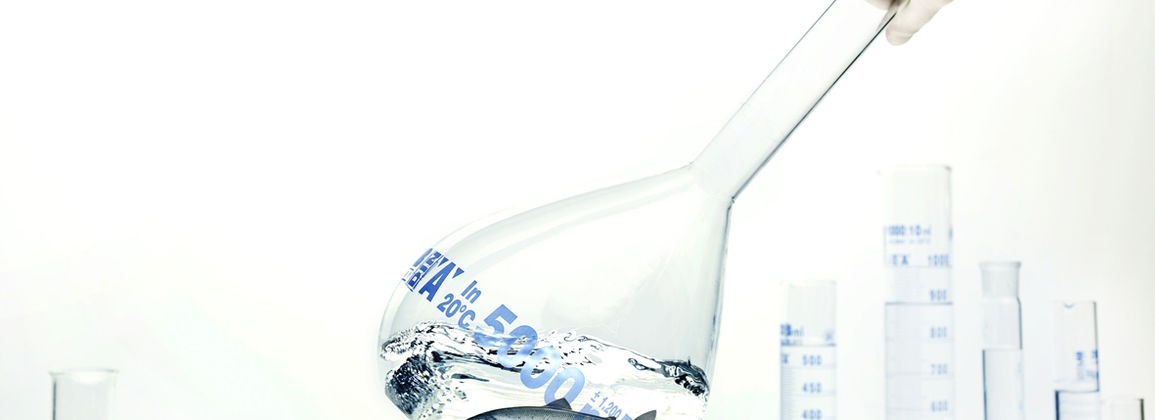
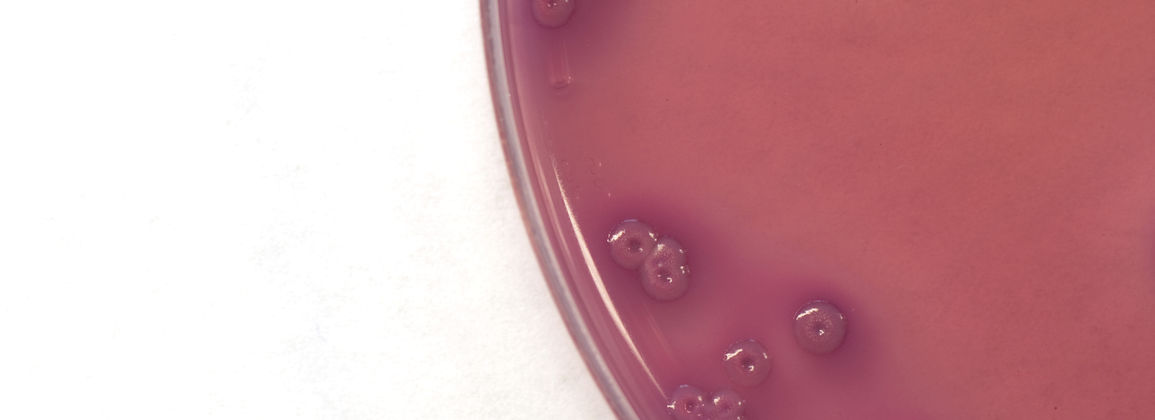

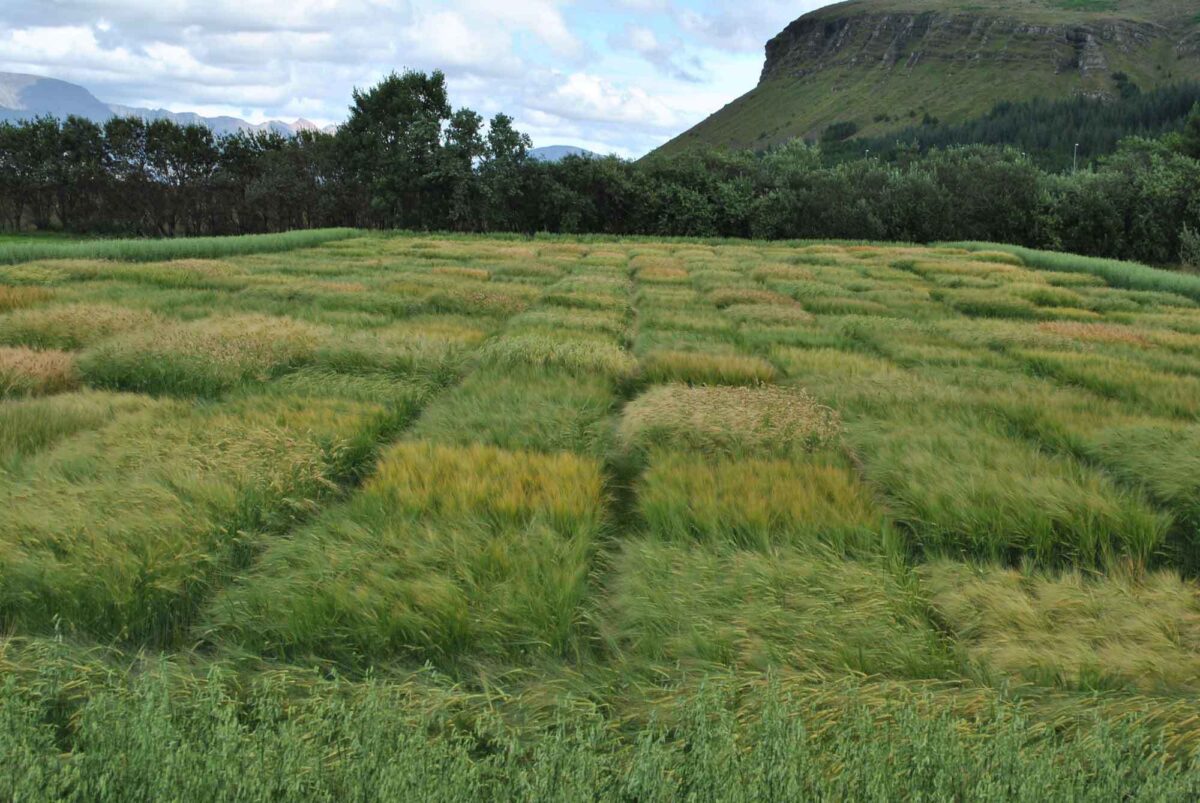
 2013. Breeding evaluation before type was found to be distorted in rams, which is put a lot ahead in the two-variable analysis, but no signs of phenotype were seen against the fat. Genetic improvement was estimated at -0.05 standard deviation of genetics per year for fat and 0.08 standard deviation of genetics per year before type.
2013. Breeding evaluation before type was found to be distorted in rams, which is put a lot ahead in the two-variable analysis, but no signs of phenotype were seen against the fat. Genetic improvement was estimated at -0.05 standard deviation of genetics per year for fat and 0.08 standard deviation of genetics per year before type.
